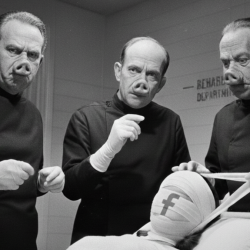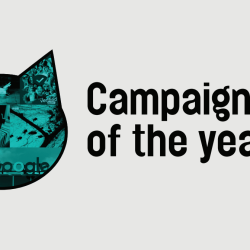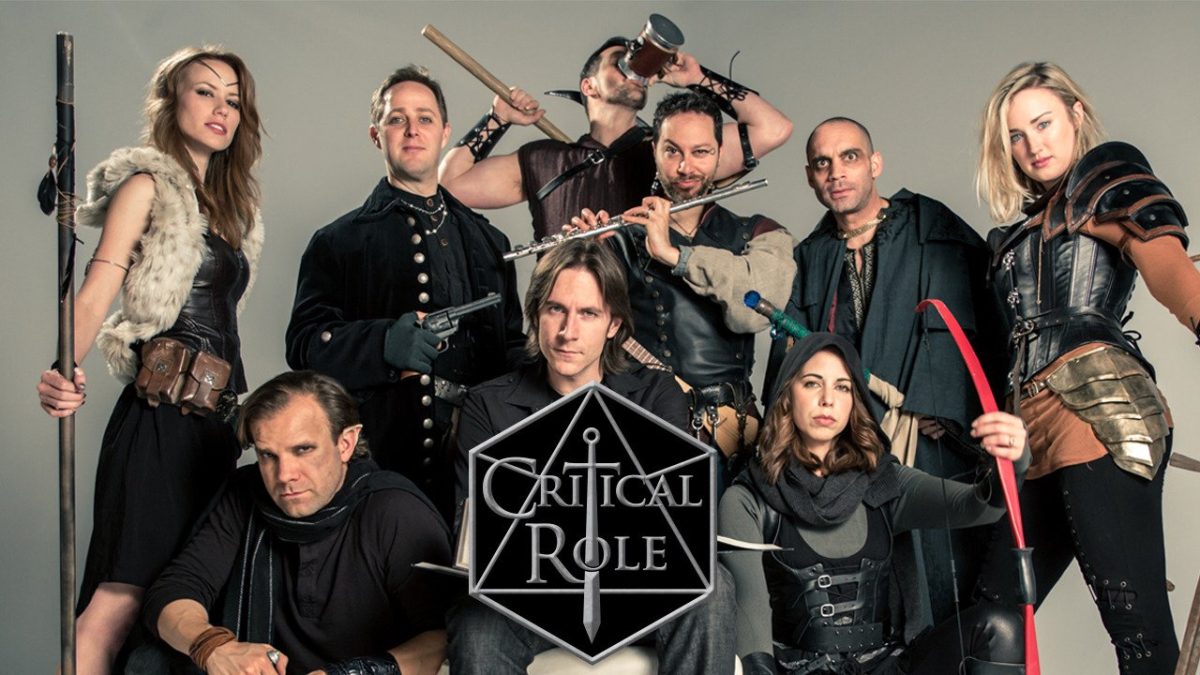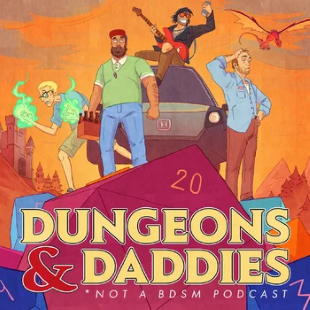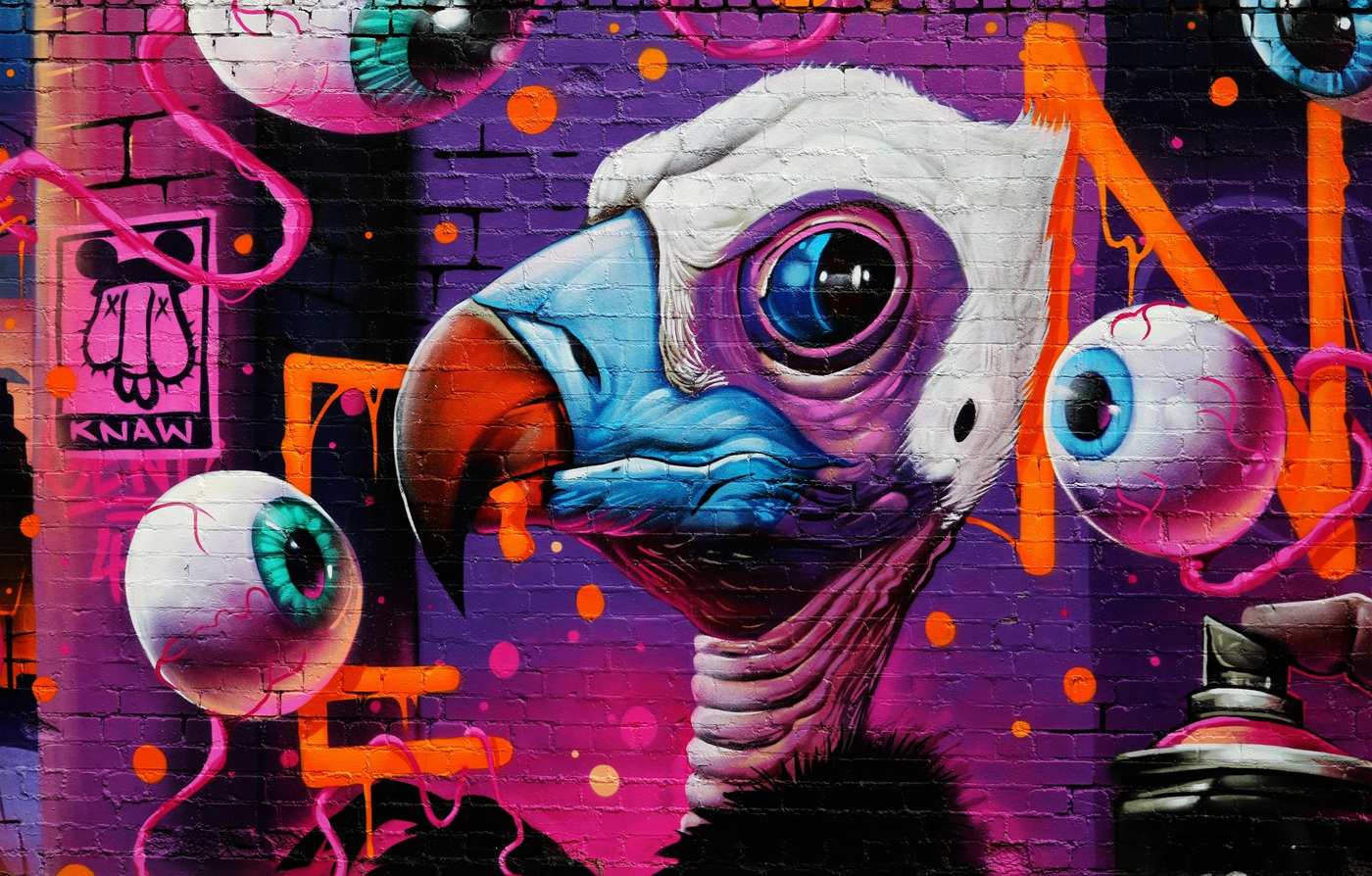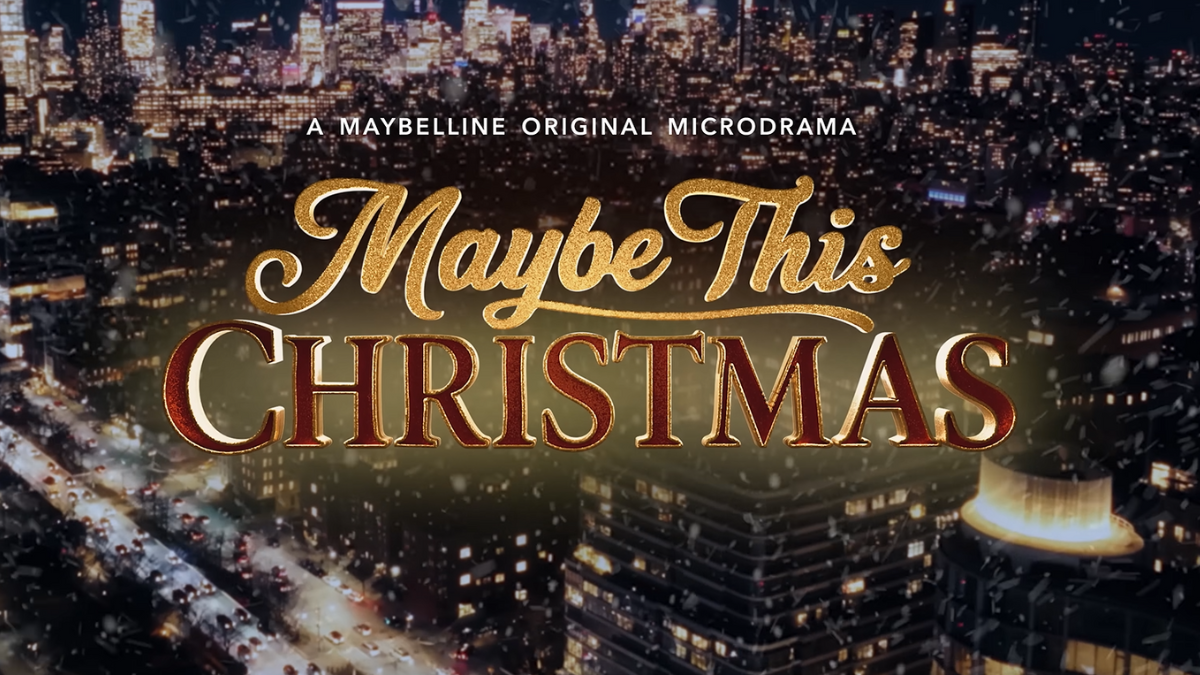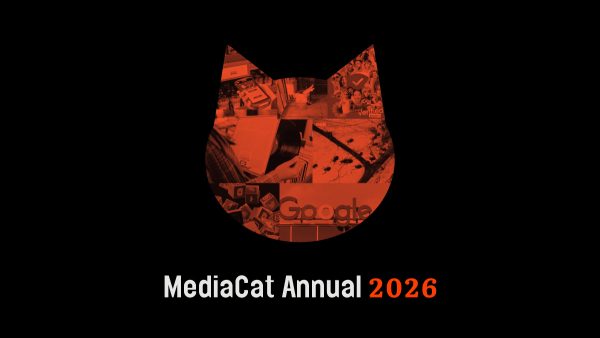Brands looking for podcasts to sponsor or advertise against needn’t limit their horizons to the chat show, guru and true crime formats that make up the bulk of the listening charts. Actual play podcasts attract highly engaged fans looking for community and, on some metrics at least, are more effective at connecting brands with buyers than influencer recommendations or music streaming ads.
‘Audio formats tend to still effectively reach an elusive ad-blocking young adult audience,’ says Jana Beck, a senior gaming strategist at fan-first agency Waste Creative. ‘For actual play podcasts, we’re talking creative role-playing fans of all ages and genders, looking to inject a sense of escapism and adventure into their day to day. Grown theatre kids with disposable income, if you will.’
The evolution of actual play as a type of entertainment media
Actual play podcasts (also known as live play) are where fans watch/listen to a group of people play tabletop role-playing games (TTRPGs, or RPGs), such as Dungeons & Dragons (D&D), Call Of Cthulhu and Cyberpunk. Games are led and narrated by a game master (GM, or a DM if referring to D&D), and often involve dice rolls and discussions around in-game mechanics.
Fuelled by the rise of YouTube and Twitch (after Amazon’s acquisition) actual play hit its stride as a format in the early 2010s, with the arrival of The Adventure Zone in 2014 and Critical Role and The Glass Cannon Network a year later. In 2022, gaming site Polygon examined how the first decade of this genre of podcast defined the template for what fans now see, with GMs using music, lighting cues and camera angles to set the mood, and highlighted how player reactions became a significant part of the audience experience.
One show which readily embraced visuals was Dimension 20, created by Brennan Lee Mulligan and launched in 2018. Mulligan said The Adventure Zone and Critical Role inspired him, but from the get-go his show had its own visual flair. This is evident in episodes like A Bloom to Remember or Queens on a Quest. Other RPGs like Vampire: The Masquerade and Star Trek-themed Shield Of Tomorrow also have a distinct look and feel.
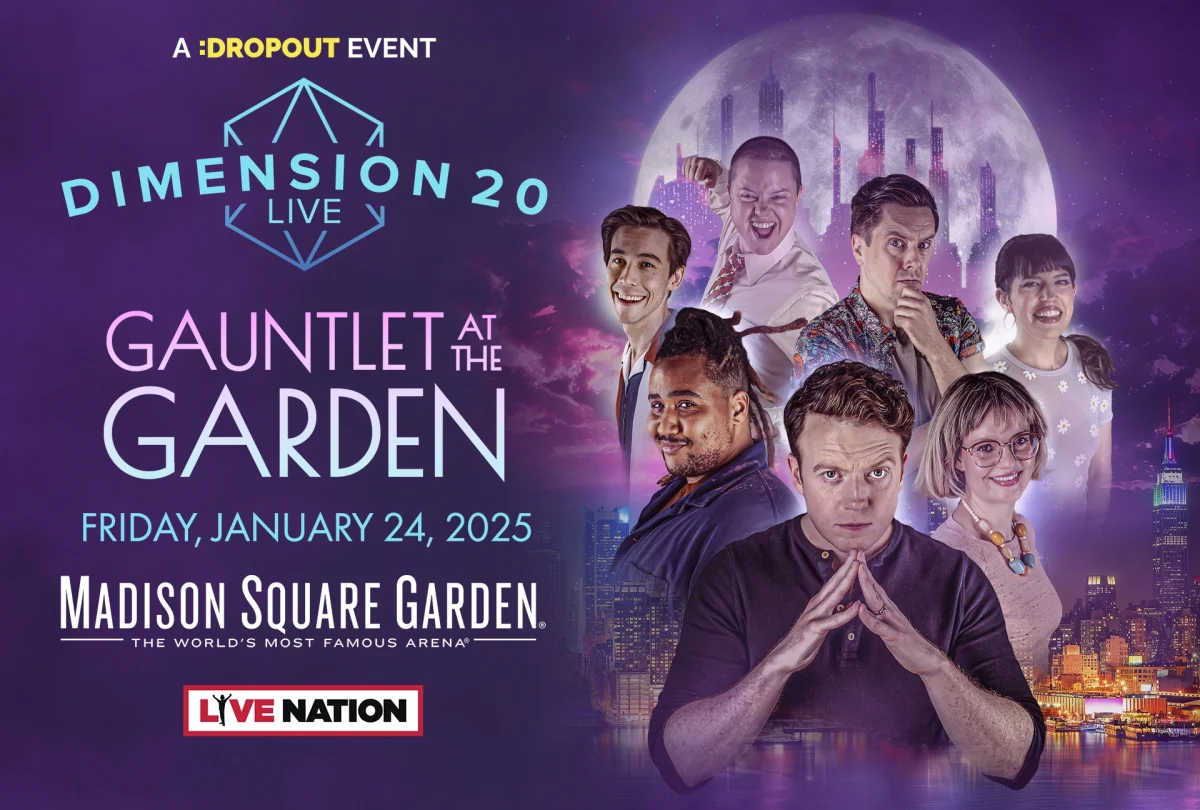
Actual play also crosses over into other entertainment areas, like stage shows in front of live audiences. Two of the most notable being Critical Role, which in 2023 sold out 12,500 tickets at Wembley Arena in London within a few minutes, and Dimension 20, which played to a sold-out crowd of 20,000 at Madison Square Garden in New York in January.
There’s also overlap with video games. The actors for 2023’s Game of the Year, Baldur’s Gate 3 (a game based on D&D) took part in an actual play session in 2023, which amassed 4.8 million views.
Enthusiastic communities that are receptive to brands
Over 10% of Brits who take part in role-playing games say they typically find new products via ads or sponsored content on podcasts, says consumer trends manager Shauna Moran, from research company, GWI.
‘This puts them ahead of music streaming ads, influencer endorsements, and vlogs,’ she adds. According to GWI data, those who take part in role-playing games are 69% more likely to discover new products via podcast ads than the average UK gamer, and 76% more likely to want brands to run customer communities or forums. ‘One in 5 UK role-playing gamers say the feeling of taking part or being involved would most motivate them to promote a brand online,’ says Moran, adding that they’re two times more likely to say they buy products or services to access the community built around them than the average UK gamer.
There are plenty of places advertisers can show up to connect with these communities: Geek & Sundry’s has 2.35 million followers on YouTube and 518,000 on Twitch. Critical Role originally broadcast on Geek & Sundry before going solo, and now has 1.4 million followers on Twitch, 2.4 million on YouTube, and over 400,000 on Reddit. Dimension 20 has just over a million on YouTube and 1.2 million on TikTok.
Award-winning show Dungeons & Daddies began in 2019 and now has over 500,000 monthly podcast listeners, as well as 48,000 followers on YouTube and 27,000 on Facebook. The hosts also actively lean into advertising, and have a section on their site where they read out ads, from sponsors like streaming service AMC+, men’s shaver brand Manscaped, and food delivery service DoorDash.
‘The opportunity for media has expanded in recent years, going from games like Diablo 4 or Elden Ring commissioning one-shots (shorter D&D games) to the likes of Critical Role and full-on live shows,’ says Waste Creative’s Beck, adding that there’s a growing opportunity for sponsors to reach beyond hardcore fans, as most live shows are only loosely based around [story] campaigns, making them more accessible. ‘Add a palpable community vibe, and the scene is set for positively charged associations with your brand,’ she says. But while the opportunity to generate deep brand affinity is strong, it’s not for every advertiser. Brands must have a strong product fit and be relevant to fans.
Actual play podcasts are ‘built on the personalities of their talent — they can be chaotic, but that’s part of the appeal,’ says Beck. ‘Brands should play into this rather than seek control. Advertisers also need to consider wider activation types — sponsorships, audio-based formats and bespoke skits are likely to create better stickiness.’
But, concludes Beck, if brands offer tangible benefits to role-playing fans and are willing to dive into the semi-controlled chaos of what makes actual play podcasts special, they may be rewarded with a high value and loyal audience.
Featured image: Critical Role

